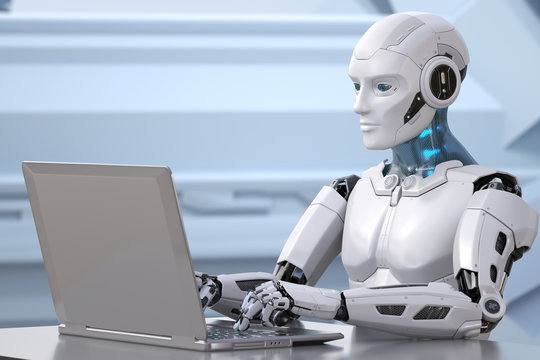
The use of technology in education has become more prevalent in recent years, and one of the most promising advancements in this field is chatbot development for education.
Chatbots are computer programs designed to simulate human conversation through text or voice interactions.
These intelligent agents can help to deliver personalized learning experiences, provide instant feedback, and support students’ learning needs.
In this blog post, we will explore the benefits of chatbot development for education, its potential applications in different learning settings, and the future of this technology.
Benefits of Chatbot Development for Education
- Personalized Learning: Experience Chatbots can provide a personalized learning experience by adapting to each student’s learning style and pace. For example, a chatbot can provide different levels of difficulty in questions based on a student’s performance in previous assessments. This ensures that students are challenged at the right level and that they don’t feel overwhelmed or bored with the content.
- Immediate Feedback: Chatbots can provide instant feedback on assignments, quizzes, and tests. This not only saves time for educators but also enables students to learn from their mistakes and improve their understanding of the subject matter.
- 24/7 Availability: Chatbots can be available 24/7, which means that students can access them anytime and anywhere. This is particularly useful for students who are studying online or are located in different time zones.
- Reduced Costs: Chatbots can reduce costs by automating certain tasks that would otherwise require human intervention. For example, chatbots can answer frequently asked questions, provide technical support, and assist in administrative tasks, freeing up educators to focus on teaching and more complex tasks.
Potential Applications of Chatbot Development for Education
- Language Learning: Chatbots can be used to support language learning by providing conversational practice, vocabulary exercises, and grammar quizzes. Chatbots can also provide instant feedback on pronunciation and grammar, helping students to improve their language skills in a more interactive and engaging way.
- Test Preparation: Chatbots can help students prepare for exams by providing practice tests, flashcards, and quizzes. Chatbots can also provide feedback on areas where students need to improve, and offer suggestions on study materials.
- Student Support: Chatbots can provide support to students in a variety of ways, such as answering frequently asked questions, providing technical support, and helping students with administrative tasks. Chatbots can also provide emotional support by offering guidance and counseling to students who are struggling with academic or personal issues.
- Learning Analytics: Chatbots can collect data on student performance, engagement, and learning preferences. This data can be used to identify areas where students are struggling, and to personalize learning experiences accordingly. Learning analytics can also help educators to evaluate the effectiveness of teaching strategies and improve the overall learning outcomes.
Future of Chatbot Development for Education
Chatbot development for education is still in its early stages, but there is great potential for this technology to revolutionize the way we learn.
Here are some trends that we can expect to see in the future:
Improved Natural Language Processing (NLP)
As NLP technology continues to evolve, chatbots will become more sophisticated in their ability to understand and respond to human language.
This will allow chatbots to provide more accurate and relevant information to students, and to engage in more natural and fluid conversations.
Integration with Virtual and Augmented Reality
Chatbots can be integrated with virtual and augmented reality technologies to create immersive learning experiences.
For instance, a chatbot could guide a student through a virtual museum or provide a virtual lab experience. This would enable students to explore and interact with the subject matter in a more engaging and interactive way.
Increased Accessibility
Chatbots can be used to make education more accessible to students with disabilities.
For example, chatbots can be designed to support students with visual or hearing impairments, providing text-to-speech or speech-to-text capabilities.
Chatbots can also support students with learning disabilities by providing personalized learning experiences and instant feedback.
Integration with Artificial Intelligence (AI)
Chatbots can be integrated with AI technologies to create more intelligent and adaptive learning experiences.
For example, AI can be used to analyze student data and identify patterns, enabling chatbots to personalize learning experiences based on individual student needs.
Collaboration with Educators
Chatbots can work collaboratively with educators, providing them with insights into student performance, engagement, and learning preferences. This will allow educators to better understand their students and tailor their teaching strategies accordingly.
Conclusion
Chatbot development for education has the potential to transform the way we learn, by providing personalized, interactive, and engaging learning experiences.
Chatbots can provide instant feedback, 24/7 availability, and support to students in a variety of ways.
As chatbot technology continues to evolve, we can expect to see more sophisticated applications in language learning, test preparation, student support, and learning analytics.
The integration of chatbots with virtual and augmented reality, AI, and collaboration with educators will further enhance the learning experience.
Chatbots have the potential to make education more accessible, efficient, and effective, and we’re excited to see how this technology will continue to evolve in the years to come.




